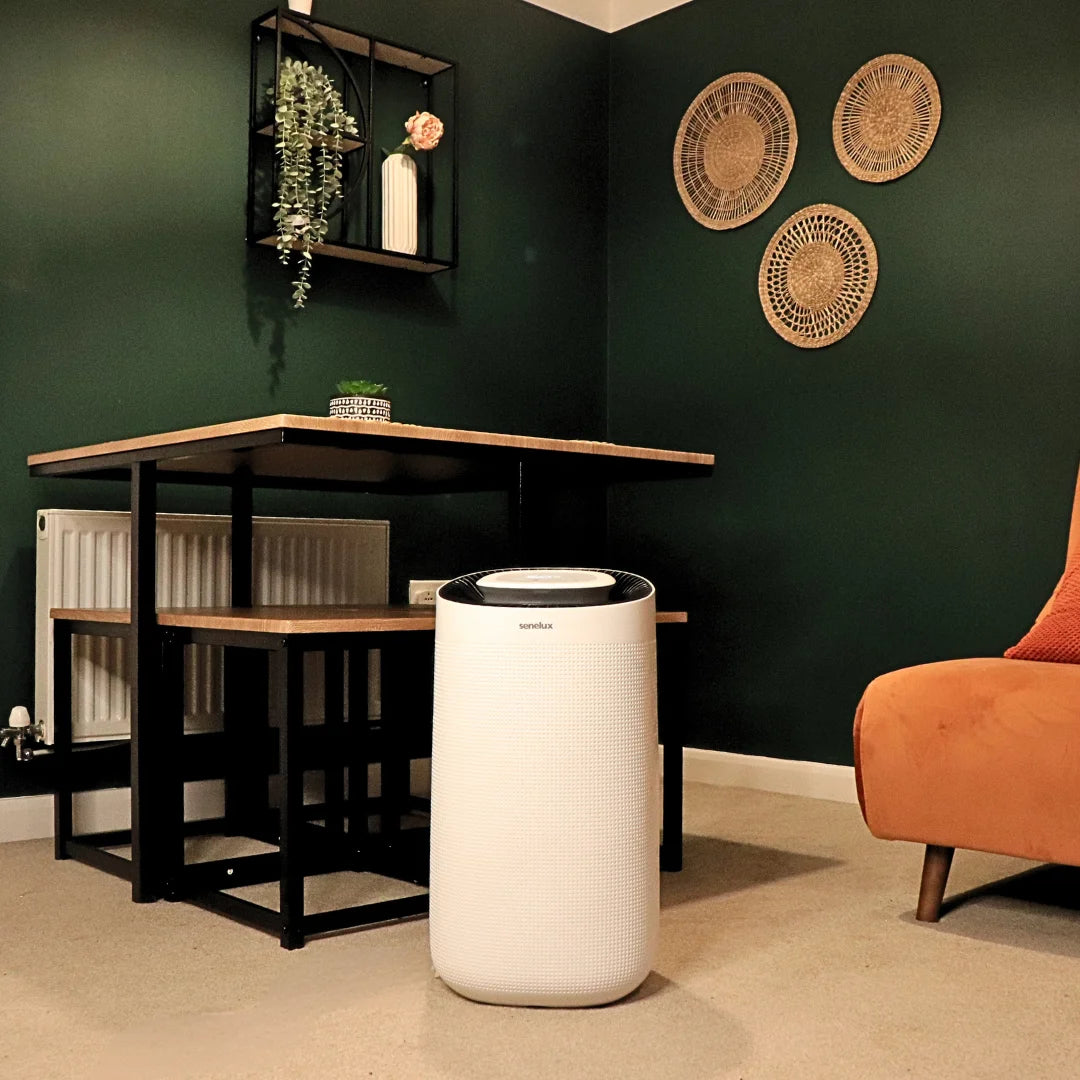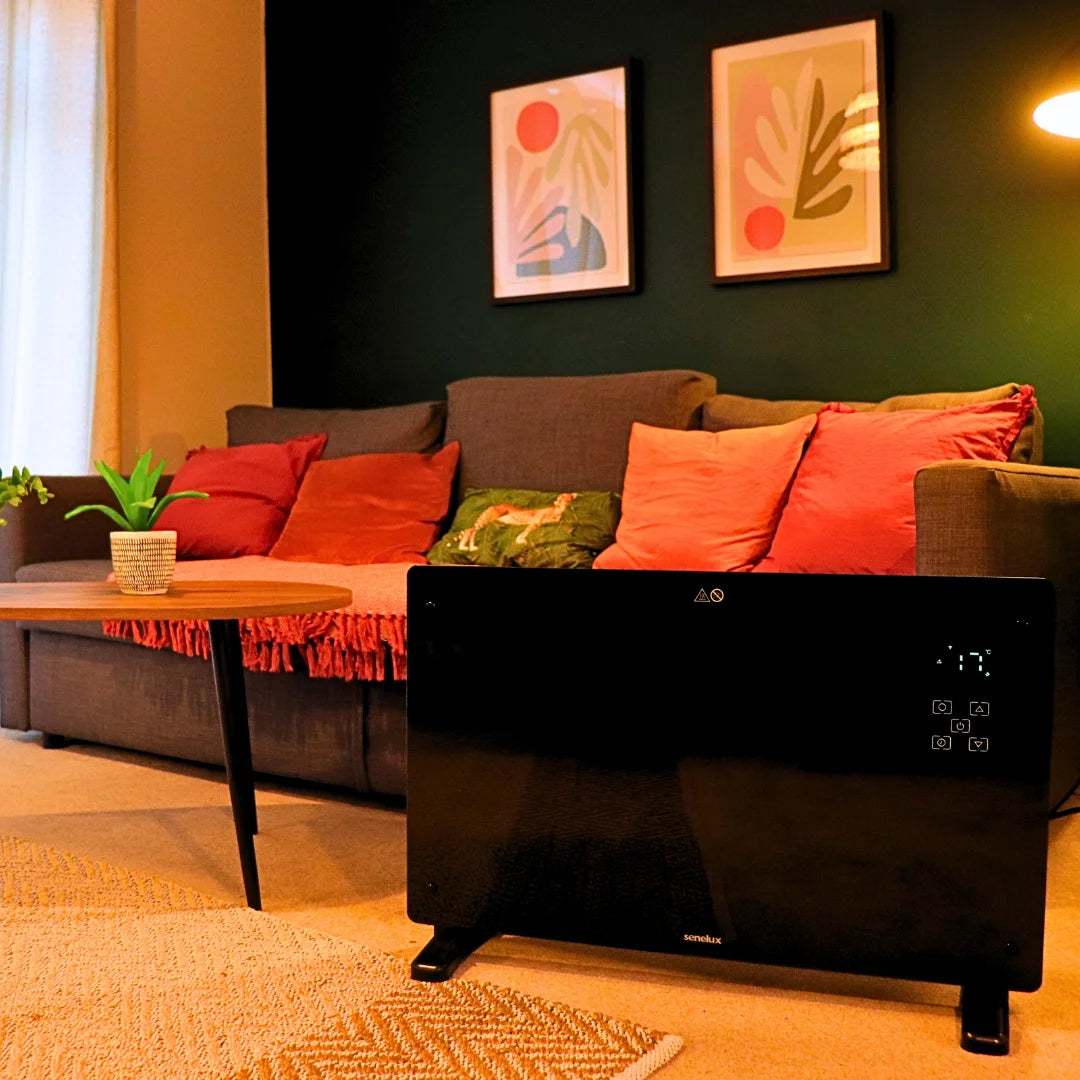As we come out of the Christmas/New Year's period it's fairly common to feel a sense that Winter has ended. At the end of the day, hasn't the biggest occasion of the season already passed?
From someone who really enjoys the Winter (actually, my favourite season,) there's still two more months of Winter left. For most countries, this isn't really much of an issue. Here in the UK though, with Winter comes rain. It's almost a signature for this country though, as I say, I love the Winter and the rain that comes with it. That being said, there are a few essentials for the rainy months. Lest we forget that right after the Winter, we get into Spring. Another rainy season.
Dehumidifiers are rapidly becoming a must have for protecting your home from the effects of rain. What sort of effects? Well, that's what we're going to get into today. I've gone through almost everything about dehumidifiers from top to bottom. From how dehumidifiers affect your health, dehumidifier running costs and even the precursor to this article: 11 benefits of using a dehumidifier. However there are always more opportunities to learn and, as strange as it seems, I've never focused in on the actual effects of running a dehumidifier just in your home. So join me as we correct this oversight and outline some of the biggest reasons to have a dehumidifier in your home.

1. Removing areas of damp within the home
A dehumidifier's main focus is removing excess humidity (water) from the home. What is meant by "excess?" Well, moisture in the air, condensation and steam for starters. But why is this what dehumidifiers do? Are airborne water particles really that important? The answer is yes. Airborne water has a bad tendency to settle in walls, ceilings and carpets and floors creating pockets of damp that ruin paintwork, wall papers and carpets whenever damp settles in. Luckily, this is something that can easily be protected against with the use of a dehumidifier.
2. Saving you money on laundry bills
At this point, is it even worth pretending that our old fashioned tumble driers are worth it? Time after time we hear the horror stories of huge energy bills after a month's worth of clothes drying with a tumble drier. Thankfully, the British public have come together to find a great new alternative. How do clothes dry? The water comes out of them. What does a dehumidifier do? Extracts water. It's incredibly simple, but happens to work. Furthermore, thanks to the adoption of more energy efficient technologies in the dehumidifier space, we're now at a point where using a dehumidifier to keep your clothes dry is actually much cheaper than most other forms of drying.
3. Getting you more out of your furniture
A house is typically made from four walls and a roof. What makes a home is the furniture, atmosphere and little creature comforts that give you the quality of life that can only be summed up with the word "home." So it stands to reason that you want all of those things to be protected. Similar to my first point, excess moisture causes damage from the inside of your home. It may be convoluted, but things like kettles, cooking and rainy weather bring large amounts of moisture into our homes completely unopposed. And, if said moisture can wreak havoc in our walls, floors and ceilings, then you'd better believe it can do the same to our furniture. Fabrics tend to be the most vulnerable to damp but, if moisture can affect plaster, then it stands to reason that it can also have a devastating effect on almost anything else.
Home dehumidifiers are great for exactly this purpose. Especially if you're looking to keep things like wardrobes and closets (and all that they hold) safe from damp. The best thing about these enclosed spaces? You can save yourself some serious money by investing in smaller dehumidifiers. When it comes to dehumidifiers, you more or less get the coverage that you pay for. Dehumidifiers for large rooms tend to be more expensive which is just part and parcel of being able to extract incredible amounts of moisture in such a large area. On the other hand, with a smaller dehumidifier, you can focus your dehumidification where you need it most. So there's no need to splash out on fancy dehumidifiers with bells and whistles when a mini dehumidifier in the right spot will do a perfect job for a fraction of the price.
4. A cleaner home
Out of the two things that no one likes to have in their home, dust and dust mites have got to be quite high on the list. Dust tends to come into the home during times of extremely low humidity. For example, dust can tend to gather during Summer or in rooms that simply don't get much humidity. On the other hand, dust mites (which also create dust) tend to breed and travel much easier when humidity is high. Sounds like no matter what we do, we can never get rid of dust completely. Well, actually, we can.
Modern dehumidifiers often allow you to set what is called Relative Humidity (or sometimes simply "RH.") This indicates the level of humidity that you want to set for a specific room and, because I'm going through all of the benefits that a dehumidifier can bring to your home, let's take a look at some general relative humidity levels that you want for your home.
- The recommended humidity levels for the standard British home is anywhere between 40% and 60% according to most UK based experts.
- Dust mites tend to breed at relative humidity levels of 60% and higher with over 70% humidity being extremely dangerous for any size of space.
- When humidity levels reach 40% or less, dust particles can start to take root within your home and hiding away in nooks and crannies.
5. The first line of defence against mould
I've already mentioned how patches of damp can do damage to your walls, floors, ceilings, furniture and possessions (to be honest, there isn't much that damp doesn't do damage to.) That being said, damp doesn't just cause outright damage to things. There are also ways in which damp can affect your home that just take the cosiness out things. One of these ways is through scent.
So far we've referred to damp and damp patches. Usually, this is the most common form of moisture based damage. Why? Because it's usually the first sign that moisture is getting out of control in your home. Which means that things can get significantly worse. This is where mould comes in. Causing severe damage wherever it has been allowed to set in and also creating an unhealthy and uncomfortable living environment. There's not much more to add other than "mould is nasty." If you want to find out more about mould in the home, then be sure to check out our article on how to get rid of mould with a dehumidifier.
6. Creating a warmer home
Suffice it to say, there are a lot of problems that damp can cause. Considering that the best way to prevent damp from forming in the first place is to get airborne moisture under control with a dehumidifier. There are a few things you'll notice right away. Any unusual or musty smells will disappear, wet spots will start to dry up and clothes will dry much faster when you come in from the rain, just to name a few. That being said, there's a lot of heavy lifting that your dehumidifier is doing behind the scenes and one that I have become familiar with as my own friends and family start getting dehumidifiers for their home.
One of which is that you will notice your home feeling warmer. Or, at least, feeling "not so breezy" or "quite as chilly." It's a phenomenon that a lot of people start to notice when they get into home dehumidifiers and, it's not actually what you think it is. Bear with me, because this gets a little bit technical, but rest assured; this is a good thing for your home.
There may be an urge to say "getting rid of cold water around the home is obviously going to make a home warmer." Whilst this is true, that's not all that's happening. You see, damp does produce cold air but how it does it is probably the strangest thing. What happens is the cold damp spots in the home evaporate into the home as the home warms up. In other words, it's not that "the home is colder." It's actually more of a case that "the room takes longer to heat up."
In fact, home temperature regulation is significantly easier across the board when you take steps to proactively tackle damp and mould. Meaning that, if you tackle damp effectively- not only do you get a warmer home in the Winter but you also get a cooler home in the Summer.
7. A healthier lifestyle
Above all that dehumidifiers provide, your health is first and foremost. Dry skin, respiratory issues, allergens and everything in between can be caused by uncontrolled humidity. Whether it's too high or too low, unchecked humidity levels in the home can cause a litany of personal health issues that, although not the most serious or severe, can seriously impact the quality of your life. With this in mind, why are dehumidifiers so essential to a healthier life style?
With more control over your home humidity you can start living a more comfortable home life. But at the root of a comfortable home life is a healthier home life. All of these benefits fall into a sort of "domino effect." To create a more comfortable home, you need to have a healthy home. For a healthy home, you need to get moisture under control. To get your home's moisture under control... Well, it all starts with a dehumidifier.
Throughout the UK dehumidifiers are proving to be more and more popular amongst people from all walks of life. For all of the reasons I've covered today and more. If there is one take away from all of this though, it's that there really isn't a downside to adding a dehumidifier to your home. Not only does a strong dehumidifier tackle any moisture and damp-based issues but is just as effective, if not more so, when it comes to preventing any of those problems. Resolving issues throughout the home whilst also providing an almost impenetrable layer of protection.


